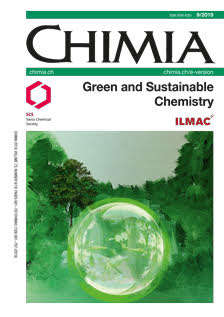Catalyst Development for Water/CO₂ Co-electrolysis
DOI:
https://doi.org/10.2533/chimia.2019.707PMID:
31514770Keywords:
Ag foam, Co2rr, Ir nps catalyst, OerAbstract
Herein, we discuss recent research activities on the electrochemical water/CO2 co-electrolysis at the Department of Chemistry and Biochemistry of the University of Bern (Arenz and Broekmann research groups). For the electrochemical conversion of the greenhouse gas CO2 into products of higher value catalysts for two half-cell reactions need to be developed, i.e. catalysts for the reductive conversion of CO2 (CO2RR) as well as catalysts for the oxidative splitting of water (OER: Oxygen Evolution Reaction). In research, the catalysts are often investigated independently of each other as they can later easily be combined in a technical electrolysis cell. CO2RR catalysts consist of abundant materials such as copper and silver and thus mainly the product selectivity of the respective catalyst is in focus of the investigation. In contrast to that, OER catalysts (in acidic conditions) mainly consist of precious metals, e.g. Ir, and therefore the minimization of the catalytic current per gram Ir is of fundamental importance.
Downloads
Published
Issue
Section
License
Copyright (c) 2019 Swiss Chemical Society

This work is licensed under a Creative Commons Attribution-NonCommercial 4.0 International License.







